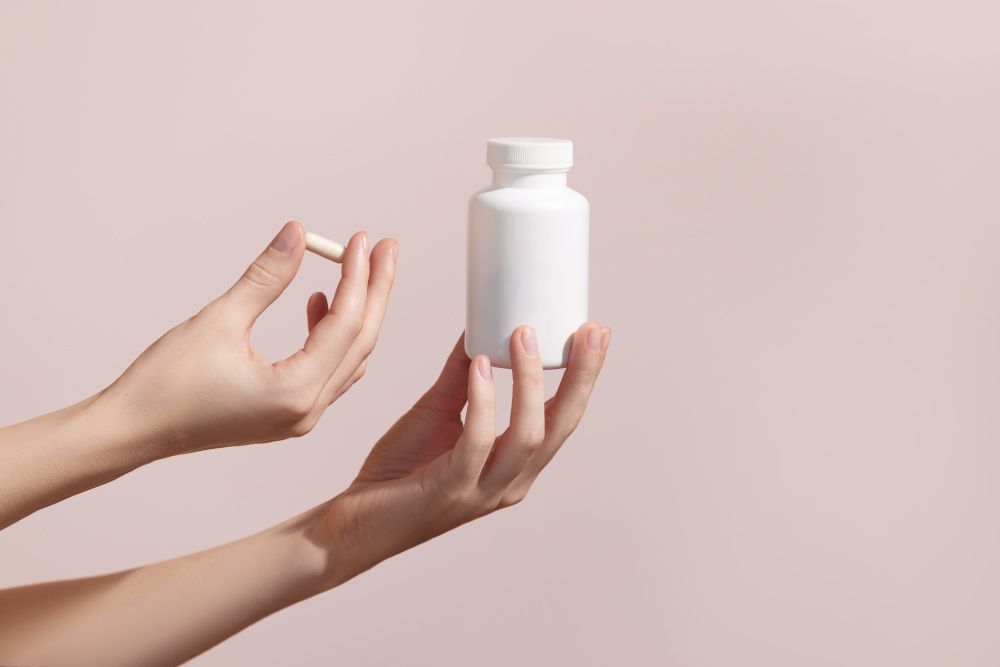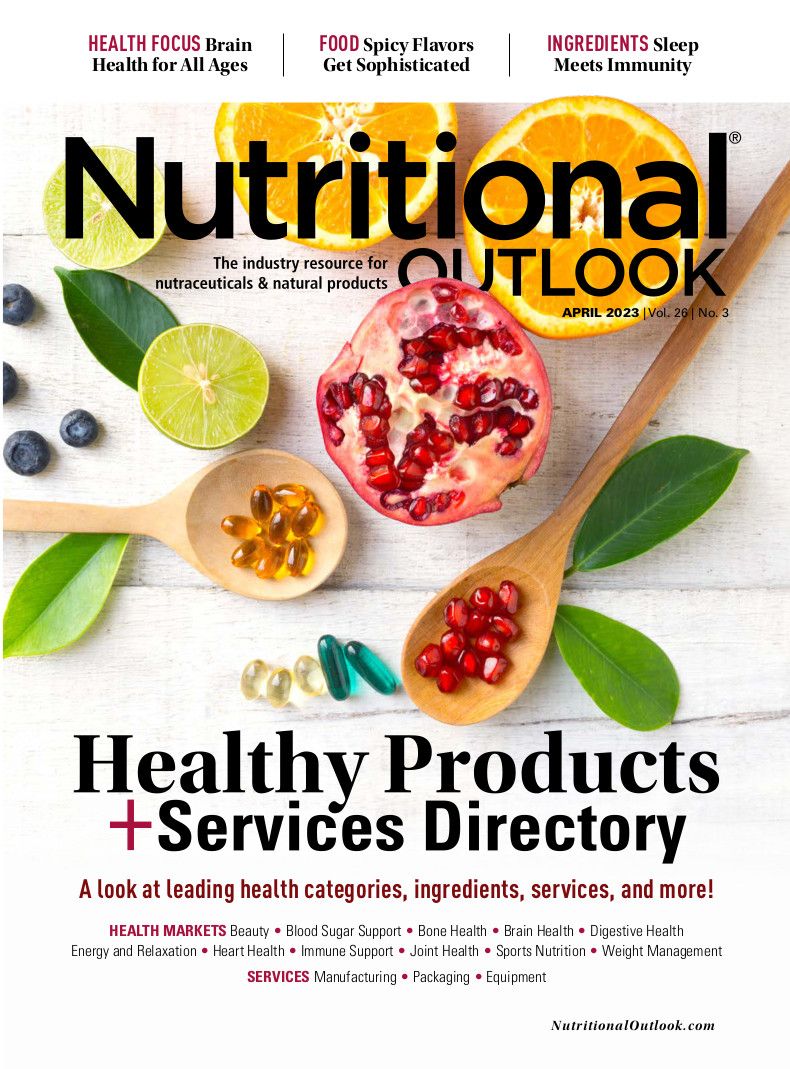In times of inflation, nutraceutical brands can reduce costs by reevaluating product packaging
Packaging may be one way to reduce costs without cutting corners on quality of raw materials and manufacturing.
© Leviaua / Stock.adobe.com

The current boogeyman society is experiencing is inflation. The cost of manufacturing goes up, and this translates to higher costs for the end consumer. Packaging is a major expense for brands. It needs to not only reliably house your product but also effectively market said product to the end consumer. As consumers try to reduce their spending, it may be beneficial for brands to explore ways to reduce costs of their own to better accommodate customers’ tightening purse strings. Packaging may be one way to reduce costs without cutting corners on quality of raw materials and manufacturing.
“Using less-expensive materials, more-efficient machinery, and eliminating unnecessary components can help minimize packaging costs,” advises Moira Stein, market insights and brand strategy specialist at Berlin Packaging (Chicago).
Packaging size may also impact sales in a positive way. “From a consumer perspective, we’re seeing demand for both smaller pack sizes that cost less and larger ‘value’ packs with a lower price-per-unit,” Stein explains. “A recent GlobalData study found that one in five global consumers are buying fewer products or smaller pack sizes. Conversely, one in six consumers associate ‘good value for money’ with larger product or portion sizes. And there are other things consumers consider as part of the value equation besides price, like convenience and sustainability.”
In this case, it’s crucial to understand your customers and the way they consume your products. Concepts like sustainability and convenience are an important consideration for packaging material. Sustainability could mean a lot of things. Sustainability could mean using postconsumer resin for plastic packaging, meaning fewer virgin plastics. Or it could mean maximizing space and weight to reduce the amount of greenhouse gasses emitted during transport. It could also mean maximizing the shelf life of products through packaging material.
Flexible packaging, for example, could be an ideal option for a number of the above reasons. “We’ve seen an increase in our flexible-packaging sales, and some of the growth can be attributed to lower costs compared to rigid packaging in several key areas,” explains Dan Kroger, vice president of sales at Premium Label & Packaging Solutions (Deer Park, NY). “Material charges are less since not as much is needed to produce flexible packaging versus a rigid container with a lid or cap. Transportation is another significant place to save since flexible packaging is a lighter option, takes up less volume, and is usually shipped flat or on a roll. Therefore, you can fit 1000 1-lb pouches of protein powder into two boxes, whereas shipping the same amount of product in tubs demands many more boxes and increases labor costs. Lastly, there are sustainable aspects to flexible packaging that impact costs. The format is less harmful to the environment, uses fewer resources, generates lower emissions, and creates less waste.”
Some limitations to this option are recyclability and overall shelf life. “While there are some sustainable flexible material options, they offer fewer barrier layers versus rigid and can impact the shelf stability of the product,” says Kroger. “Our philosophy is to ‘begin with the end in mind,’ so we always recommend conducting stability testing before migrating from rigid to recyclable or compostable flexible packaging.”
Long shelf life has a number of advantages for both the manufacturer and consumer. “It can help reduce waste, save money, maintain product quality and efficacy, and ensure product safety,” says Stein. “There are a couple of things we use to prolong shelf life. Amber-color or dark-color bottles help protect products affected by UV exposure. Also, a resin additive can act as a barrier to extend shelf life.”
Low-cost options are great, but consumers may also be willing to spend more depending on the functional aspects of the packaging itself. Versatile, multifunctional, and accessible packaging design can be a major selling point. For example, products that are easy to open, close, and dispense are a major selling point for aging populations. Convenience features such as resealability are also important and don’t have to cost a lot more money for the manufacturer, says Stein.
“Consumers have leaned into convenience, which is a primary driver of the popularity of flexible packaging,” adds Kroger. “Whether it is the malleable properties of the packaging, a resealable closure, or a single-serve option, the portability aspect of this format has been a game changer in the consumer packaged goods industry.”
Of course, packaging isn’t much use to manufacturers if it doesn’t encourage sales. “Brands that find the right balance in being disruptive with the design while providing important information and benefits have the best chance of winning,” advises Kroger. “Splurge on specialty effects and finishes like cast and cure, glitter, foils, and spot coatings. Or deliver the ‘feel appeal’ to consumers by finishing the label with a tactile element. Sandy or soft touch are two popular coatings that give consumers a small surprise and enhance the overall look of labels.”
Another trend that may help drive sales is interactive “smart” packaging. “For nutraceuticals, it can be something as simple as a QR code,” explains Stein. “This interactive element encourages consumers to learn more about the brand, product certifications, health benefits, ingredient sourcing, manufacturing methods, sustainability initiatives, and more. It provides transparency, builds trust, and allows consumers to make more informed purchase decisions.”
There are many creative ways to reduce costs in packaging, but the key takeaway is to make sure it does not negatively impact your customers’ experience with the product.

Kaneka Nutrients to unveil new consumer research on menopausal women at Vitafoods Europe 2024
April 26th 2024The company will reveal the results of the research that is based on live feedback from 200 menopausal women who took 200 mg per day of Kaneka Ubiquinol over two-months, monitored the effects, and recorded their observations.
Rousselot to showcase new collagen peptide research and targeted solutions at Vitafoods Europe 2024
April 25th 2024The company will be highlighting new research that demonstrates the ability of its Peptan collagen peptide brand to support sleep quality, reduce gastrointestinal discomfort, and enhance skin health, including density, hydration, and elasticity.